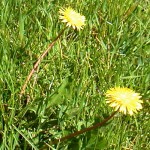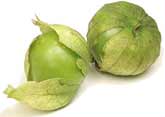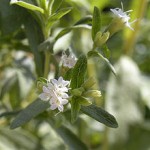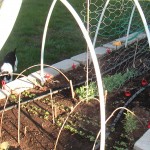by Catherine Haug
While it is true that one man’s flower is another man’s weed, or as another writer puts it, “A weed is just a plant growing where you don’t want it,” (1) it can be very frustrating when they take over your garden.
Here’s a great tip for minimizing weeds: using cover crops: (2)
“A quick annual such as buckwheat can be planted as a smother crop to prevent weeds from flourishing on bare soil. Cover crops also can be used for a longer period, or even a full season, to combat a weed problem.”
These fast-growing crops take over the soil and smother out the weeds. An added bonus of most cover crops is that they do double duty: not only do they suppress weeds, but also they are often an important food crop, and/or they enrich the soil as ‘green manure.’ For example:
- Buckwheat, not-really-a-grain, can be used like grains in many recipes (think buckwheat pancakes), especially important for gluten-free diets;
- Clover, a legume that adds important nitrogen to the soil;
- Soybeans, both a food crop and a legume;
- Field peas, a legume that produces sweet, tender tendrils for stir fry or salad mixes; and dried yellow peas that are great for soups (dal).
Want to know more about including cover crops in your garden plan, and the benefits they provide? Read on… (more…)



